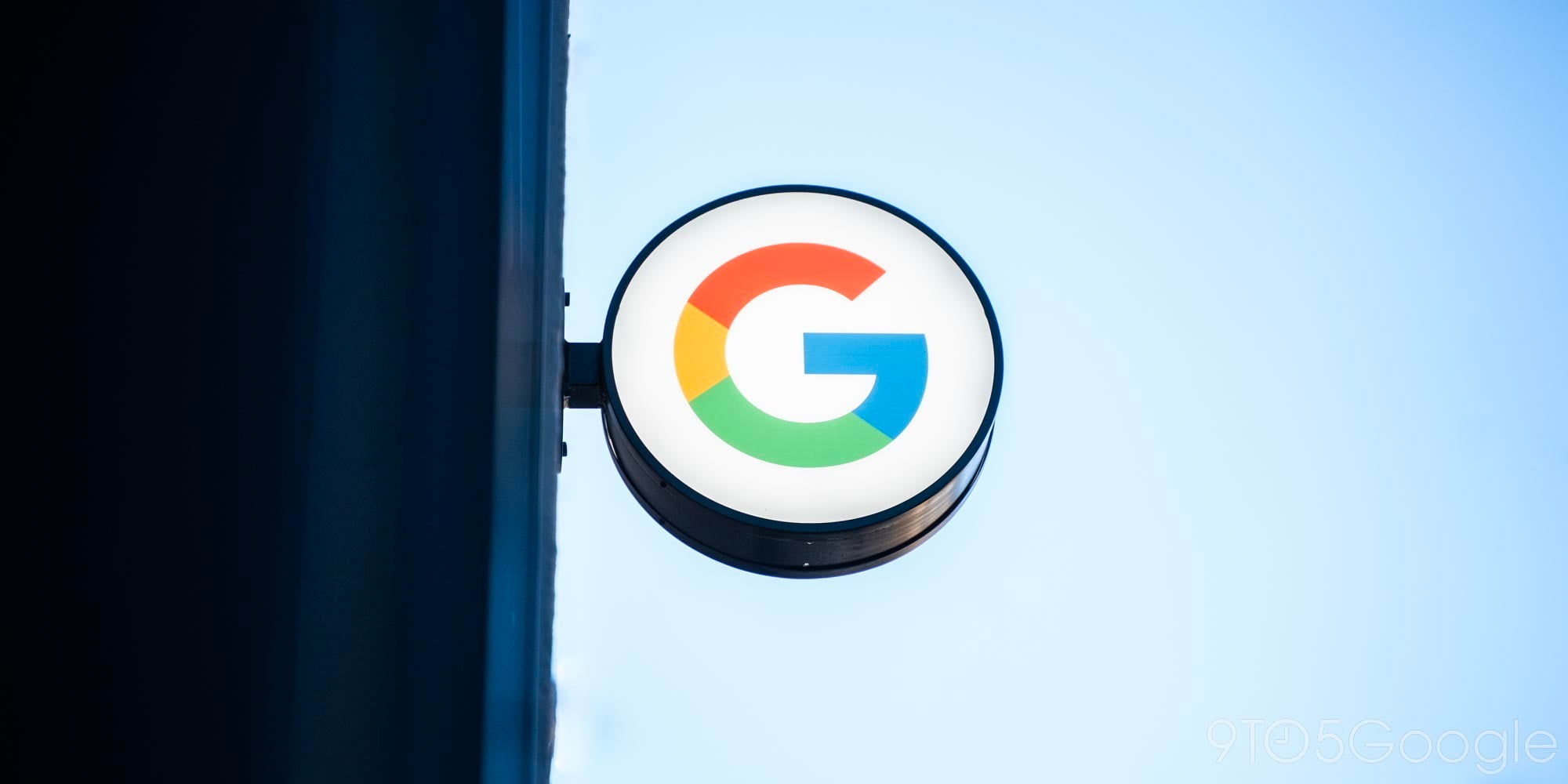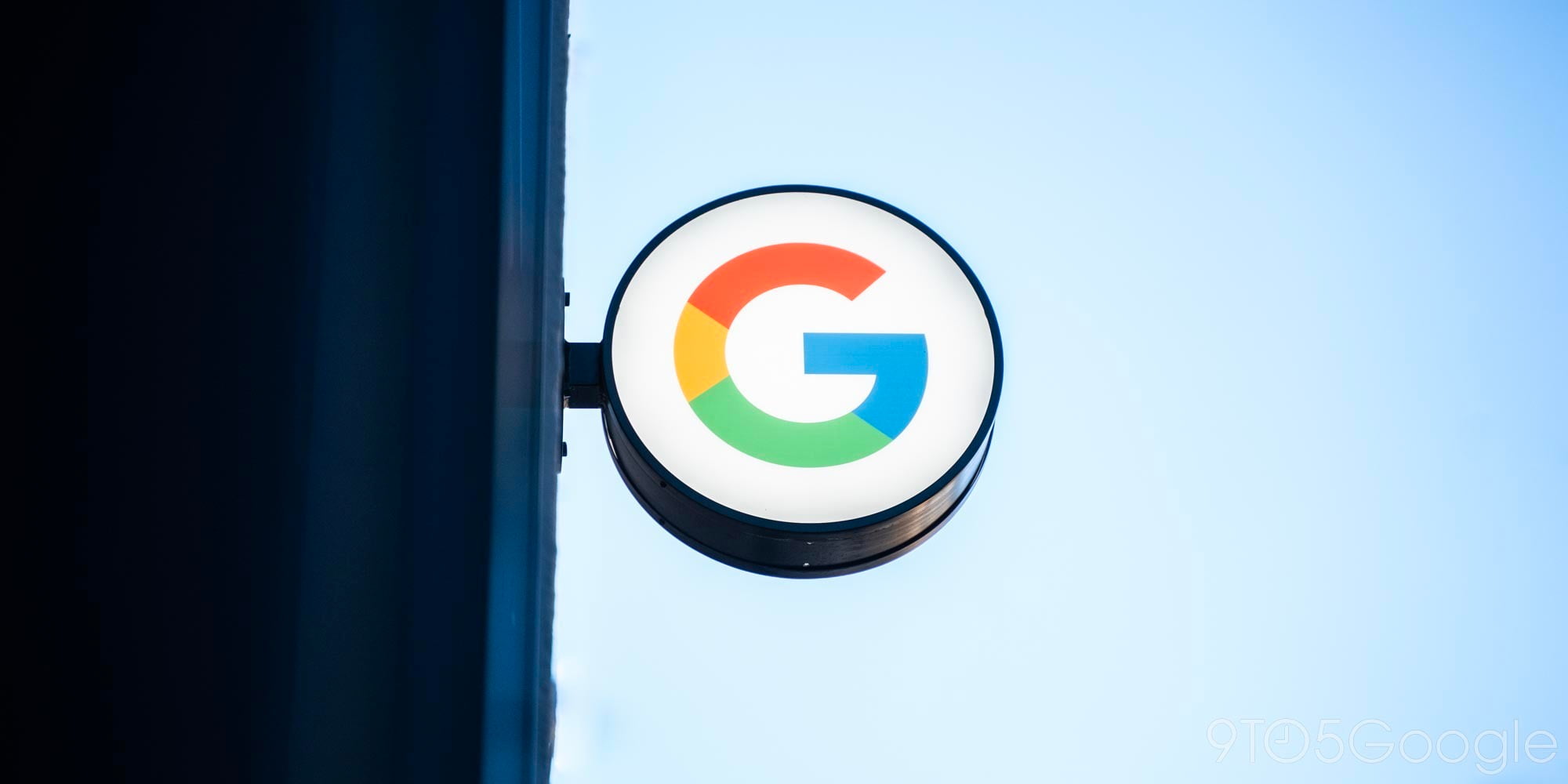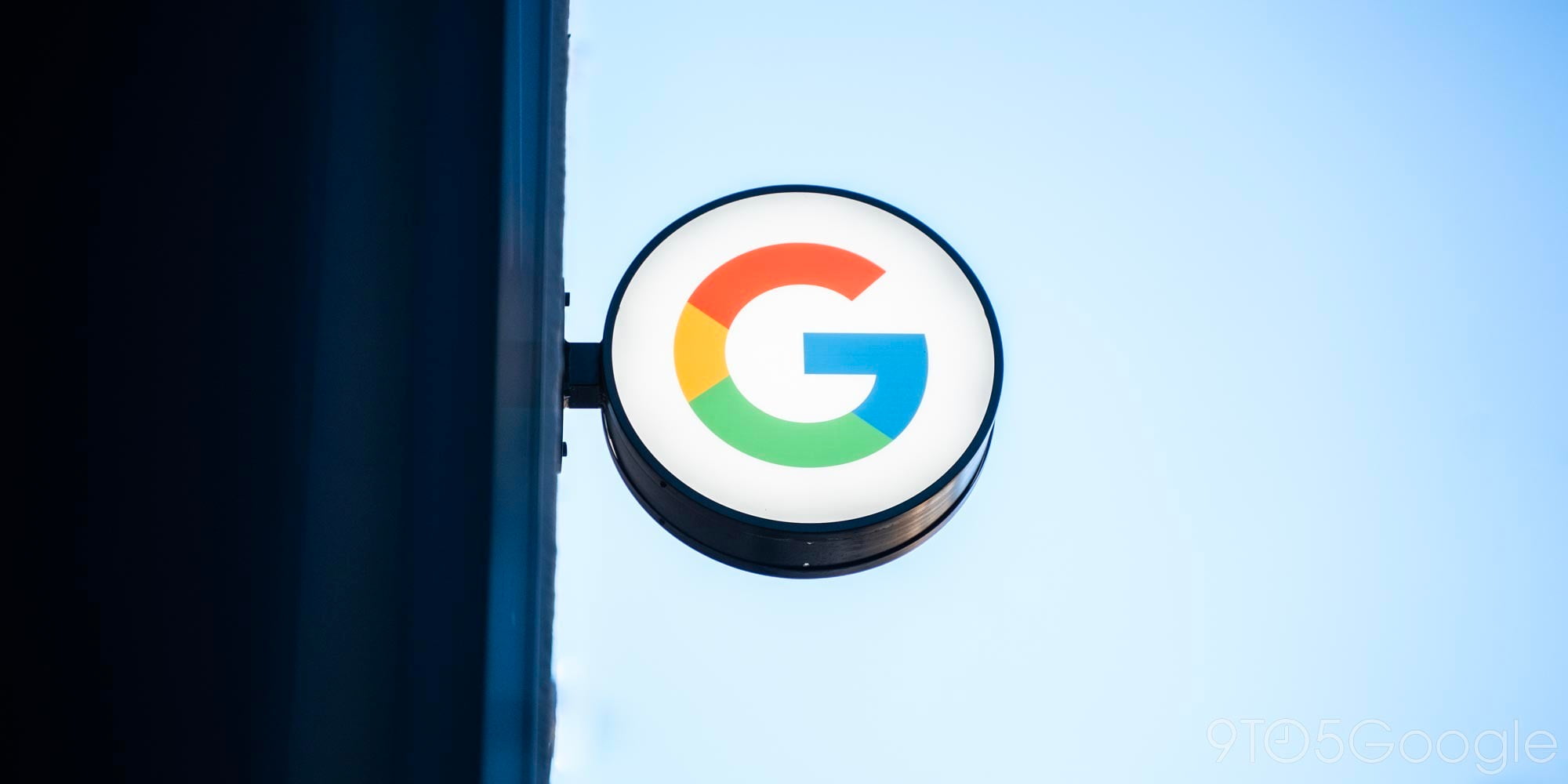
Our early look at Fuchsia OS last May provided a glimpse into a number of new interface paradigms. Several months later, we now have an updated hands-on with Google’s future operating system that can span various form factors.
This look at the in-development OS eight months later comes courtesy of Ars Technica who managed to get Fuchsia installed on the Pixelbook. The Made by Google Chromebook is only the third officially supported “target device” for Fuchsia development.
As our last dive into the non-Linux kernel OS was through an Android APK, we did not encounter a lockscreen. The Ars hands-on shows a basic one that displays the time at center and Fuchsia logo in the top-left corner to switch between phone and desktop/tablet mode, while a FAB (of sorts) in the opposite corner lets users bring up WiFi controls, Login, and Guest.
Only Guest is fully functioning at this stage — at least for non-Google employees. Once in this mode, we encounter an interface similar to the one we spotted last year.
The big difference is how Google has filled in demo information and tweaked some elements. On phones and tablets, Fuchsia essentially has three zones. Recent apps are above, at center are controls, and below is a mixture of the Google Feed and Search.
The controls swap out the always-displayed profile icon for a Fuchsia button. Tapping still surfaces Quick Settings which actually reflect current device battery levels and IP address.
In our hands-on of Fuchsia last year, the recent apps section was always pre-populated with blank demo applications. Now, users can actually launch apps by heading to the Google bar at the bottom of the page. Meanwhile, tabbed and split-screen multitasking appear unchanged.
- Image: ArsTechnica
At this point, those Feed-like cards are just demo articles and share notifications, while only local search for launching apps is available. However, the alerts do feature icons for Inbox and Calendar.
Impressively, Ars found a working web browser that can actually surf the internet. Google.com is the default homepage, with users able to visit other sites through that search bar.
Other examples of applications, which are just static images, include a (non-working) phone dialer, video player, and Google Docs. The Google Calendar is notable for having subtle differences to any known version, including the tablet or web app.
Meanwhile, the latest hands-on also discovered “Capybara” or Fuchsia’s “desktop-centric user shell.” It is rather reminiscent of modern Chrome OS with its black bottom bar featuring a circular launcher icon to the left and time at the right.
Be sure to check out Ars Technica’s full in-depth hands-on and watch their video showing off the UI and its various animations.
Check out 9to5Google on YouTube for more news:
FTC: We use income earning auto affiliate links. More.






Comments